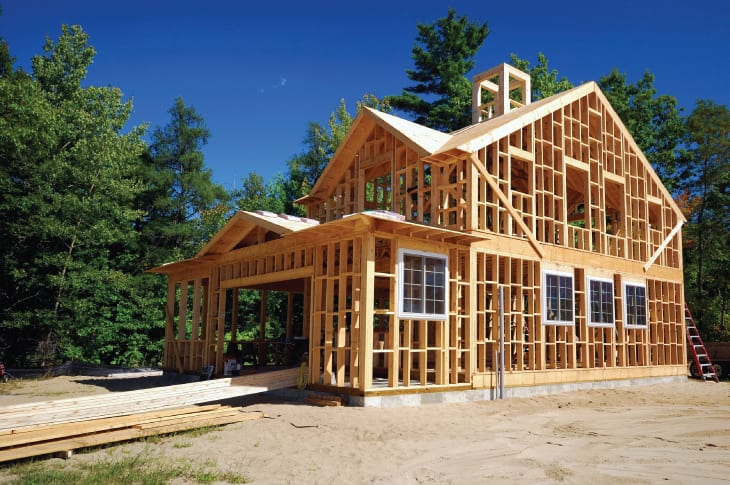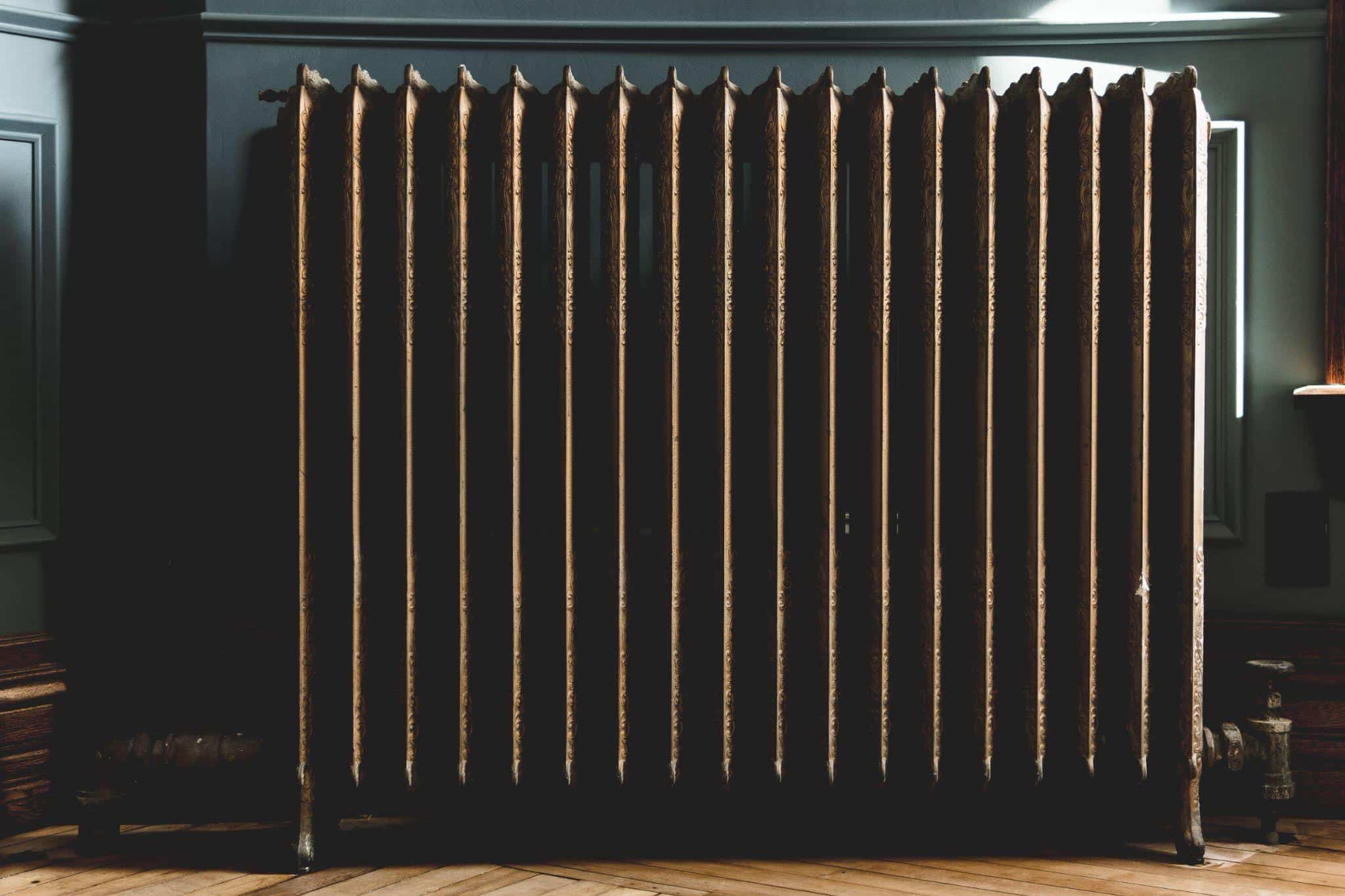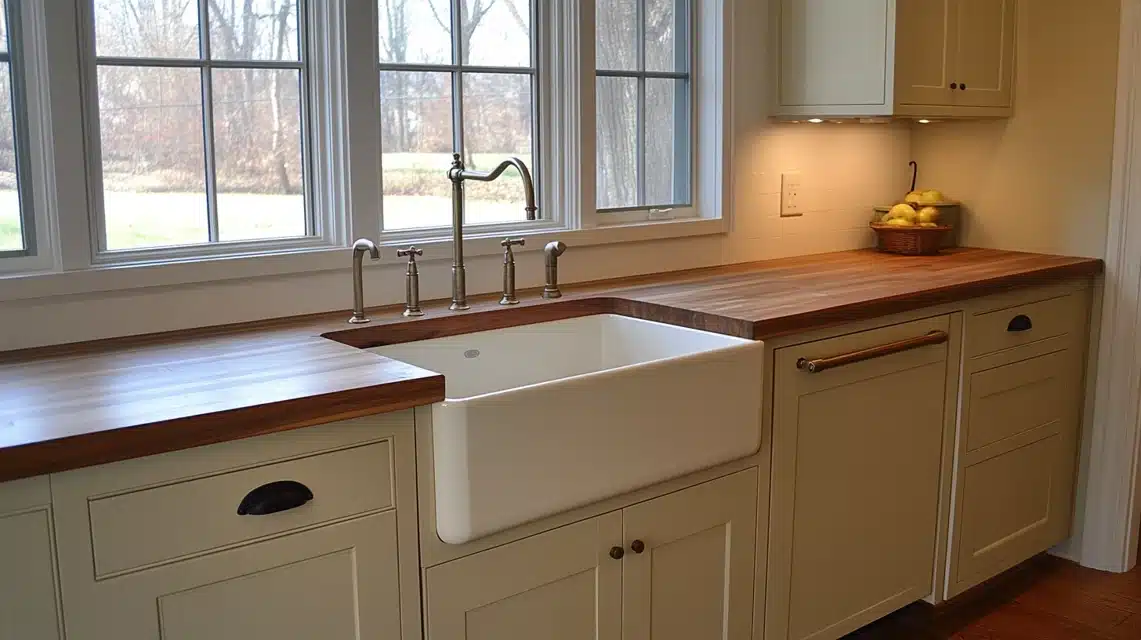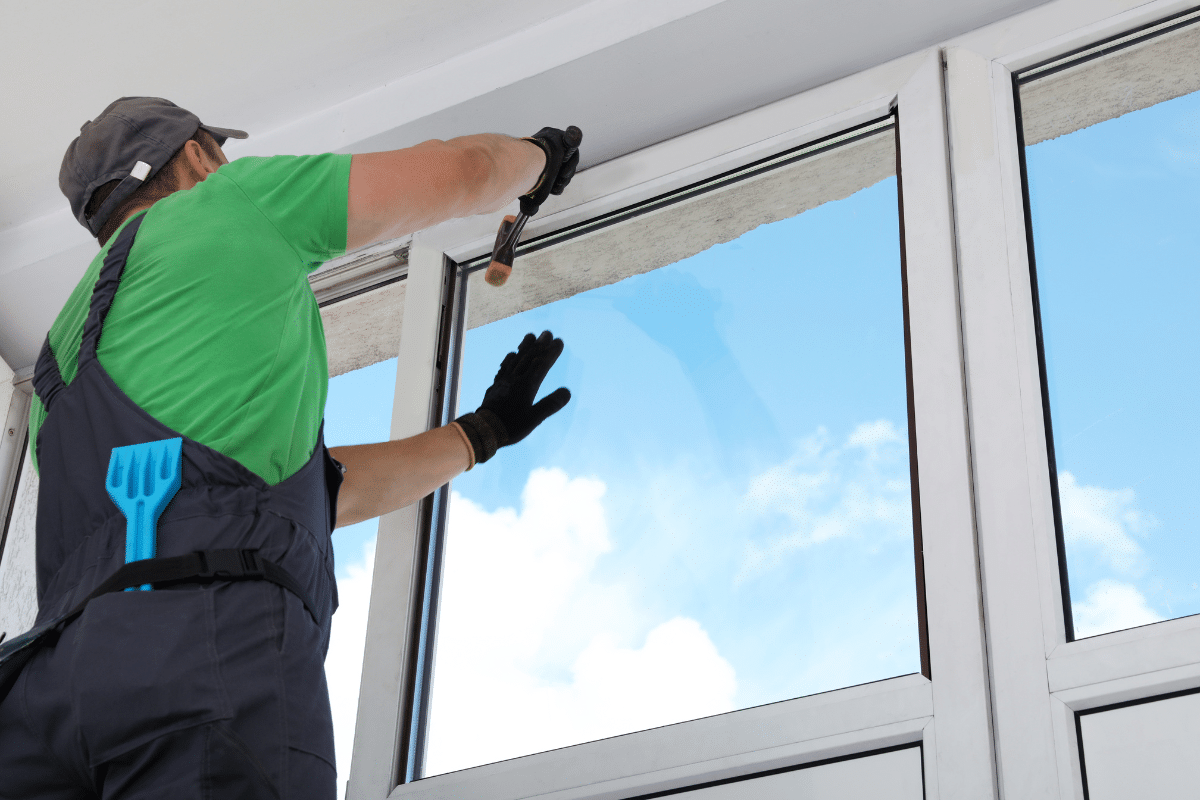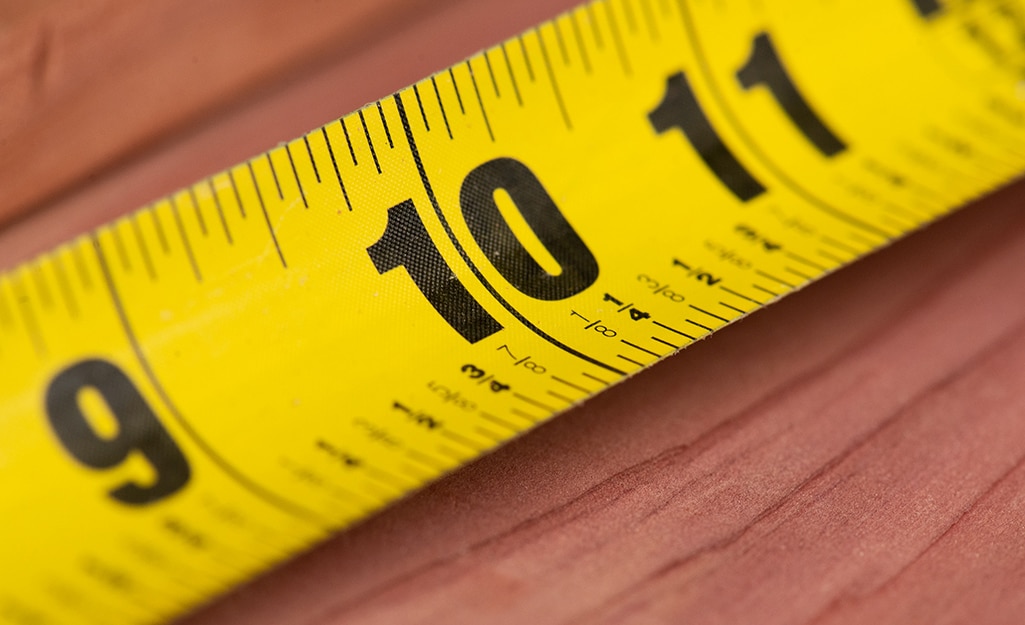The Steps Involved With House Builders
Constructing a new home is demands considerable effort. It’s a lengthy process spanning several months at best, and entails making numerous decisions in collaboration with your house builders.
While this may seem overwhelming, there are ways to make the process more manageable. A savvy builder can streamline the planning of your new home, and keep you updated with each step of the project’s progression.
We will explain the steps involved with home builders in Brisbane that should be planned and executed to streamline property development.
1. Pre-Construction and planning
A significant portion of the groundwork for building a home occurs during the pre-construction phase, which serves as the initial step in the house building process.
During this phase, you’ll engage with your builder to finalize key aspects such as land specifications, floorplans, and any desired modifications.
Additionally, meetings with your builder’s design team will be essential for choosing colors, fittings, fixtures, and other intricate details.
Once you’re satisfied with your design, you can proceed to make a deposit, initiating the builder’s efforts to secure the necessary approvals for the commencement of construction.
2. Base Work
Foundation work encompasses all the necessary preparations required to ready your construction site.
This typically involves tasks such as tree clearance, excavation, leveling the terrain, and the installation of underground utilities, among other things. After the site is properly prepared, the process advances to pouring the concrete slab and completing any additional footings as required.
The duration of the foundation stage varies, typically spanning from 1 to 3 weeks. Projects involving intricate raised footings or sloped terrains might extend beyond this timeframe.
3. Framing
The framework for your new home will now take shape upon the solid foundations that have been laid. Initially, the walls are outlined, and the positions of windows, doors, support posts, and load-bearing beams are carefully marked.
Subsequently, a skilled framing team proceeds to build and install the frames. The final step in this process involves ensuring that the frames are properly squared before undergoing inspection by a building surveyor.
4. Lock-Up
The primary objective at this stage is to establish a weather-resistant barrier before commencing internal work. During the lock-up phase, the emphasis is on fitting external components such as bricks, cladding, roofing materials, windows, doors, and gutters.
Simultaneously, licensed tradespeople will carry out preliminary installations for plumbing, electrical, and HVAC systems. All the necessary measures to ensure your home is secure and protected from the elements are addressed during the lock-up stage.
5. Fixing Stage
In this phase, the key elements are securely affixed to your home. This encompasses tasks such as plastering the walls and ceiling, fitting skirting boards and cornices, installing kitchen cabinetry, and laying down flooring.
Additionally, any wet areas will undergo waterproofing as part of the fixing process.
The fixing stage is considered finished once a building inspector has reviewed and approved the work. Typically, this stage only takes 2-3 weeks, depending on the size of your home and the intricacy of details like cornices and trims.
6. Fit-Off Stage
The fit-off phase involves the meticulous installation of all the intricate components in your home, ranging from tapware and shelving to tiling and the finalization of benchtops and other details.
This stage is where the finishing touches are delicately applied, and it also entails completing the remaining plumbing and electrical work.
A building inspector’s approval is necessary to proceed beyond the fit-off stage, which typically takes approximately 2-3 weeks to complete.
7. Practical Completion Inspection
The major part of the construction process is now completed. Your site supervisor will arrange for a practical completion inspection (PCI) at the property.
During this inspection, your builder will guide you through the house to showcase its fittings and fixtures.
It’s essential to take note of any defects or malfunctioning fixtures, as your builder is responsible for addressing these issues before the final handover.
The time required to rectify any issues identified during the practical completion inspection can range from 2 to 8 weeks, depending on factors such as the availability of materials and trades.
8. Final Handover
After your final payment is settled, you’ll have the opportunity to receive the keys from your builder. Typically, it takes an additional 1-2 weeks from the time you acquire the keys to when you can move in and begin enjoying your new home.
9. Post-Construction Care
The construction phase is complete, but reputable home builders usually provide post-construction support.
This is commonly offered in the form of warranties or guarantees that typically span from 3 to 12 months. With these assurances, you have the option to reach out to your builder to address any problems you encounter within the warranty duration.
It’s important to be well-informed about your contractual rights, and don’t hesitate to contact your builder if you require any repairs or solutions for issues that may arise during this period.

